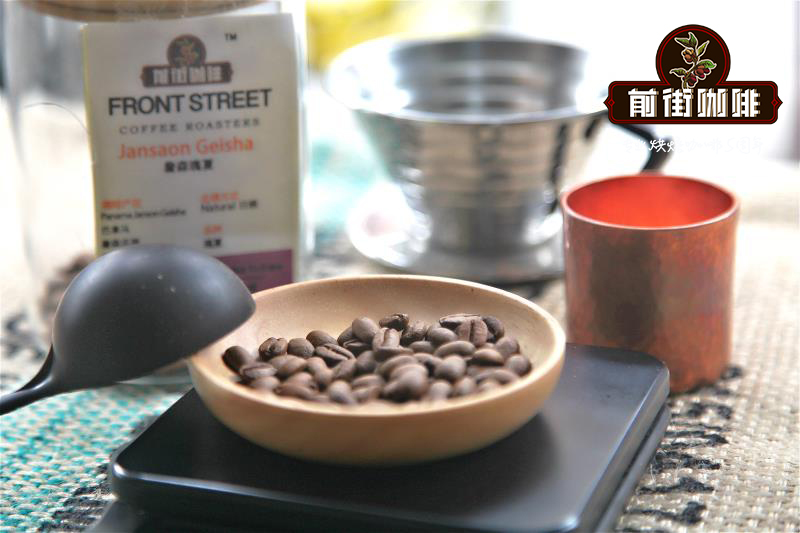A comparison between Tibika and Katim's good Tibica and Yunnan Katim Coffee

Professional coffee knowledge exchange more coffee bean information please follow the coffee workshop (Wechat official account cafe_style)
The origin of coffee is mainly divided into these stories.
1. Legend of the Shepherd (the sheep danced crazily after eating coffee beans)
two。 The legend of the singing bird (the bird keeps singing after eating)
3. Legends of medieval monks
4. Eat fruit and dance legends.
These are legends, because the authority of history has yet to be studied, so let's just look at it as a story.
Arabica (Arabica): premium coffee beans with excellent flavor and aroma
Robusta: strong sour taste and strong taste
Generally speaking, Arabica is mainly used in single or boutique coffee (it is generally heard that it is Arabica, it is infinitely blown up), while Robusta is used to make instant coffee.
We define Arabica as high-grade coffee because it is very delicate and has strict requirements for the kind of environment. If it is hit by a little bit of wind and rain, it may be about to bend over, while Robusta does not have high requirements for environmental conditions.
Tibica (also known as Typica, English Tibica)
Tibica is the original species of all Arabica varieties. It is said that Tibika originated in southern Sudan, flourished in Ethiopia and was finally planted in Yemen for commercial production around the 7th century AD.
Tibica was brought to the East Indies by the Dutch and was the first coffee variety to come to the West Indies, where Gabriel de Klee was planted in French Martinique in 1720.
Katim (English name Catimor)
Katim is a hybrid of Kaddura and Timor-don't be confused with Kaddura and Kaduai.
This highly resistant plant has the ability to resist coffee leaf rust, so it was widely planted in Latin American countries in the 1980s.
Unfortunately, because the Timorese species (also known as the Alabasta species) is the product of a natural cross between the Tibica Arabica species and the Robusta species, although the latter can give it disease resistance, the delicate taste of the Arabica varieties has disappeared.
Important Notice :
前街咖啡 FrontStreet Coffee has moved to new addredd:
FrontStreet Coffee Address: 315,Donghua East Road,GuangZhou
Tel:020 38364473
- Prev

Characteristics of Yunnan Katim Coffee beans is Katim Coffee Arabica beans?
Professional coffee knowledge exchange more coffee bean information please follow the coffee workshop (Wechat official account cafe_style) the current growing areas in Yunnan are mainly distributed in Lincang, Baoshan, Pu'er, Dehong and other places. At present, Arabica coffee is grown commercially in Yunnan. The main cultivated coffee varieties are Katim, Tippika, bourbon, Kaddura, Kaduai, and so on. Iron pickup,
- Next

How Much Is The Best Coffee Roaster In America
Professional coffee knowledge exchange More coffee bean information Please pay attention to the concept of coffee workshop (Weixin Official Accounts cafe_style) Among the factors affecting the taste of a cup of coffee, raw beans account for 60%, roasting accounts for 30%, and extraction accounts for 10%. Good roasting can bring the personality of raw beans into full play and minimize the appearance of defective taste, so it is especially important to purchase high-quality coffee bean roasting machine brands.
Related
- Beginners will see the "Coffee pull flower" guide!
- What is the difference between ice blog purified milk and ordinary milk coffee?
- Why is the Philippines the largest producer of crops in Liberia?
- For coffee extraction, should the fine powder be retained?
- How does extracted espresso fill pressed powder? How much strength does it take to press the powder?
- How to make jasmine cold extract coffee? Is the jasmine + latte good?
- Will this little toy really make the coffee taste better? How does Lily Drip affect coffee extraction?
- Will the action of slapping the filter cup also affect coffee extraction?
- What's the difference between powder-to-water ratio and powder-to-liquid ratio?
- What is the Ethiopian local species? What does it have to do with Heirloom native species?

